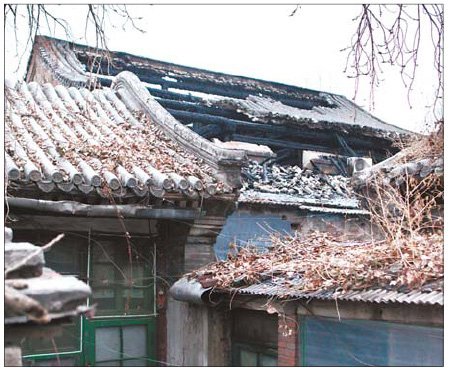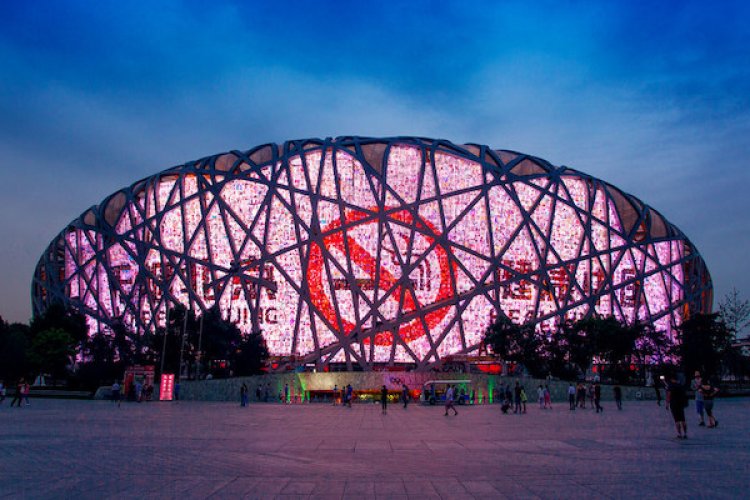Throwback Thursday: The Time When a Ming Dynasty Temple Burned During Christmas
Throwback Thursday takes a look back into Beijing's past, using our nine-year-strong blog archives as the source for a glance at the weird and wonderful of yesteryear.
There, there now. Not every blog post for the next two weeks will only be holiday or year end-themed. The time is not only for giving gifts and stuffing yourself the deadly amounts of hao chi, it is also about reevaluating your values and understanding what is most important to you. At least that's what you'd expect but sadly Beijing's local government officials did not heed that advice when a 500-year-old temple caught on fire back during this time in 2009.
Even a Christmas miracle couldn't save the temple from raging fire, which occurred at the Nianhua Temple on the western end of Dashiqiao Hutong. Often visited by numerous hutong tour participants, people rarely get to peek inside.

The temple was built in 1581, during Ming emperor Wanli's (万历) reign and is included on the city-level cultural relic protection list. However, even that did not push those responsible to take the necessary precautions needed to keep the temple from smoldering danger.
Back in December 2009, a fire destroyed temple's roof and took six hours to extinguish. The source of the fire reportedly came from a warehouse portion of the temple that have been rented to a wedding service company. Why a warehouse for a wedding service company? It seems that the only reasonable answer is additional rent money. To be fair, property in Beijing is expensive, a fact we're all painfully aware of.
Eyewitnesses claim that cars parked on the sides of narrow hutong meant that firefighters could not get close enough to the temple and had to use a 500-meter pipe to reach the fire. You'd think that would be enough to help tighten policies regarding vehicles parking in the hutongs but apparently not. Fortunately, fire did not claim any casualties and only caused damage to the property.

Nianhua Temple is not only comprised of stone and wood but also of plentiful roof flora and an untended tile area in front. To this day, if you try to steal a glance of the yard, you might be greeted by a relatively polite but quite dismissive guard who will answer some of your questions, but don't expect too many long-winded answers.

While our eyes are used to shiny, gold-covered temples with plastic lotus flowers and smoking incense, these same temples now no longer surprise or particularly impress. It's the abandoned and forgotten varieties that leave the deepest impression simply because of how rare these decaying buildings of the past now are. Sign up for a walking tour close or simply stroll until the west end of Dashiqiao Hutong to have a look for yourself.
Images: blog.163, China Daily







